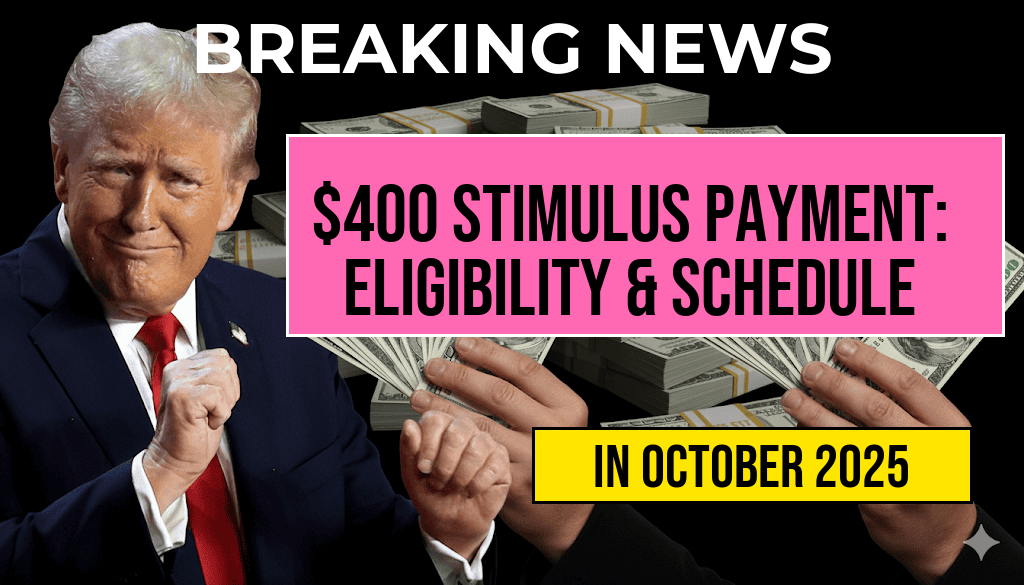More than three million two hundred thousand retirees across the United States are now eligible to receive significant retroactive lump-sum payments following the recent repeal of the Windfall Elimination Provision (WEP) and Government Pension Offset (GPO). These longstanding Social Security rules previously limited the benefits for millions of public employees, teachers, and federal workers who contributed to both pension plans and Social Security. The repeal, effective as of recent legislative changes, allows eligible individuals to claim payments dating back to their qualifying retirement dates, potentially totaling thousands of dollars per person. This development represents a major financial relief for many retirees who had previously been impacted by these provisions, opening a window for retroactive claims and prompting many to verify their eligibility promptly.
Understanding the WEP and GPO Repeal and Its Impact on Retirees
Background on WEP and GPO
The Windfall Elimination Provision (WEP) and Government Pension Offset (GPO) are federal rules established decades ago to prevent high-income retirees from receiving inflated Social Security benefits due to overlapping pension contributions. Implemented to maintain program integrity, these provisions often resulted in reduced benefits for public servants who paid into both Social Security and their government pension plans.
For years, these rules have been a source of financial hardship for many, especially teachers, police officers, and other state or local government employees who worked in careers that didn’t originally qualify for Social Security coverage. The cumulative effect often meant retirees received significantly less than their entitled benefits, sometimes missing out on tens of thousands of dollars over the course of retirement.
Legislative Changes and Repeal Details
Recent bipartisan legislation has effectively repealed the WEP and GPO, restoring full benefits to eligible retirees. The reforms are part of broader efforts to enhance retirement security and recognize the service of public-sector workers. The legislation allows retirees to access previously withheld or reduced benefits, including retroactive payments for eligible periods dating back to their retirement dates.
The Social Security Administration (SSA) now provides guidance on verifying eligibility and claiming retroactive benefits, emphasizing the importance of timely action to maximize payments.
Who Qualifies for Retroactive Payments?
Eligibility Criteria
- Retirees who had benefits reduced or withheld due to WEP or GPO prior to the legislation’s enactment.
- Individuals who retired after the effective repeal date and previously did not receive full benefits.
- Public employees with qualifying pension and work histories who can demonstrate their eligibility.
How to Verify Your Eligibility
Retirees should consult their Social Security statements and pension records to determine if their benefits were affected by WEP or GPO. The SSA offers an online My Social Security portal, enabling individuals to review their benefit history and identify discrepancies.
Additionally, contacting the pension plan administrator or reviewing retirement documentation can help establish eligibility for retroactive payments.
How Much Could You Receive?
Estimating Retroactive Benefits
| Retirement Age | Estimated Retroactive Payment | Notes |
|---|---|---|
| 62 | $10,000 – $15,000 | Partial retroactive claim for early retirees |
| 66 | $20,000 – $30,000 | Full benefit restoration for standard retirement age |
| 70 | $35,000 – $50,000 | Maximum retroactive payment for delayed retirement |
Actual amounts vary based on individual earnings, time of retirement, and prior benefit reductions. Experts recommend retirees review their benefit statements and consult with financial advisors to estimate their potential retroactive payments accurately.
Steps for Claiming Retroactive Benefits
- Log into your Social Security account to review your benefit history.
- Gather relevant retirement and pension documentation confirming your eligibility.
- Contact the SSA directly through their online portal or by phone to initiate the retroactive benefit claim.
- Follow up with your pension plan administrator if necessary to verify concurrent pension payments and work history.
- Stay alert for any correspondence from SSA regarding the processing of your retroactive payment request.
Important Deadlines and Additional Resources
Retirees are advised to act promptly, as there may be time limits for filing retroactive claims. The SSA recommends submitting claims within one year of the legislation’s effective date to ensure full retroactive eligibility. For comprehensive guidance and recent updates, visit the SSA’s official page on benefit restoration.
For further details on the legislative changes and their implications, the full legislative text provides an in-depth overview.
Frequently Asked Questions
Who are the retirees eligible for the retroactive lump-sum payments?
Eligible retirees include three million two hundred thousand individuals who were affected by the WEP (Windfall Elimination Provision) and GPO (Government Pension Offset) policies and are now qualifying for retroactive lump-sum payments.
What is the significance of the WEP and GPO repeal for retirees?
The repeal of WEP and GPO has resulted in retroactive payments for thousands of retirees, potentially amounting to thousands of dollars, ensuring fairer benefits for those impacted by these policies.
How can retirees verify their eligibility for the payments?
Retirees should verify their eligibility by reviewing their Social Security records and contacting the Social Security Administration or visiting official websites to determine if they qualify for the retroactive lump-sum payments.
When can retirees expect to receive their retroactive payments?
The timing of retroactive payments depends on the processing of claims by the Social Security Administration. Retirees are advised to stay updated through official channels for specific payment schedules.
What should retirees do if they believe they are eligible but have not received their payments?
If retirees believe they are eligible but have not received their lump-sum payments, they should contact the Social Security Administration directly to verify their status and initiate any necessary claims or appeals.







